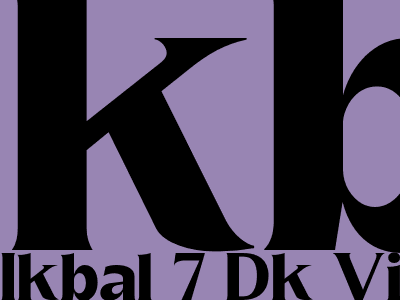SEO Content Writing: A Comprehensive Guide
Introduction
In today's digital landscape, search engine optimization (SEO) is crucial for businesses and individuals alike to establish a strong online presence. Content plays a pivotal role in SEO, serving as the foundation for attracting organic traffic, improving search rankings, and building brand authority.
This comprehensive guide will delve into the art of SEO content writing, providing expert insights and best practices to help you create high-quality, search engine-friendly content that resonates with your target audience.
Understanding SEO and Content
The Role of Content in SEO
Content is the cornerstone of SEO. It provides valuable information to users, helps search engines understand the relevance and authority of your website, and drives targeted traffic to your pages.
Types of SEO-Optimized Content
There are various types of SEO-optimized content, including:
- Blog posts
- Articles
- Product descriptions
- Website pages
- Social media posts
Creating High-Quality SEO Content
Keyword Research and Optimization
Keyword research is essential for identifying the terms and phrases that your target audience is searching for. Optimize your content by incorporating relevant keywords naturally and strategically throughout the text.
Structure and Organization
Well-structured content is easy for both users and search engines to navigate. Use clear headings, subheadings, and bullet points to break up the text and make it visually appealing.
Content Length and Depth
Aim for comprehensive, long-form content that provides in-depth information. Google favors detailed and informative articles that cover a topic thoroughly.
Optimizing for User Experience
Clarity and Readability
Write for your target audience, using clear and concise language. Avoid jargon and technical terms that may alienate readers.
Value and Relevance
Provide valuable and relevant information that meets the needs and intent of your audience. Avoid keyword stuffing and ensure that the content is genuinely helpful.
Calls-to-Action (CTAs)
Include clear CTAs that guide users to take desired actions, such as visiting a landing page, making a purchase, or subscribing to a newsletter.
Technical SEO Considerations
Header Tags
Use header tags (H1, H2, H3) to structure your content and indicate the importance of different sections.
Image Optimization
Optimize images for search engines by using descriptive filenames, alt tags, and compressing them for faster loading times.
Meta Tags
Craft compelling meta titles and descriptions that accurately summarize the content of your page and entice users to click.
Conclusion
SEO content writing is an art and a science that requires a combination of technical knowledge and a deep understanding of your target audience. By following the principles outlined in this comprehensive guide, you can create high-quality, search engine-friendly content that drives organic traffic, establishes your brand as an authority, and ultimately achieves your online goals.

Comments